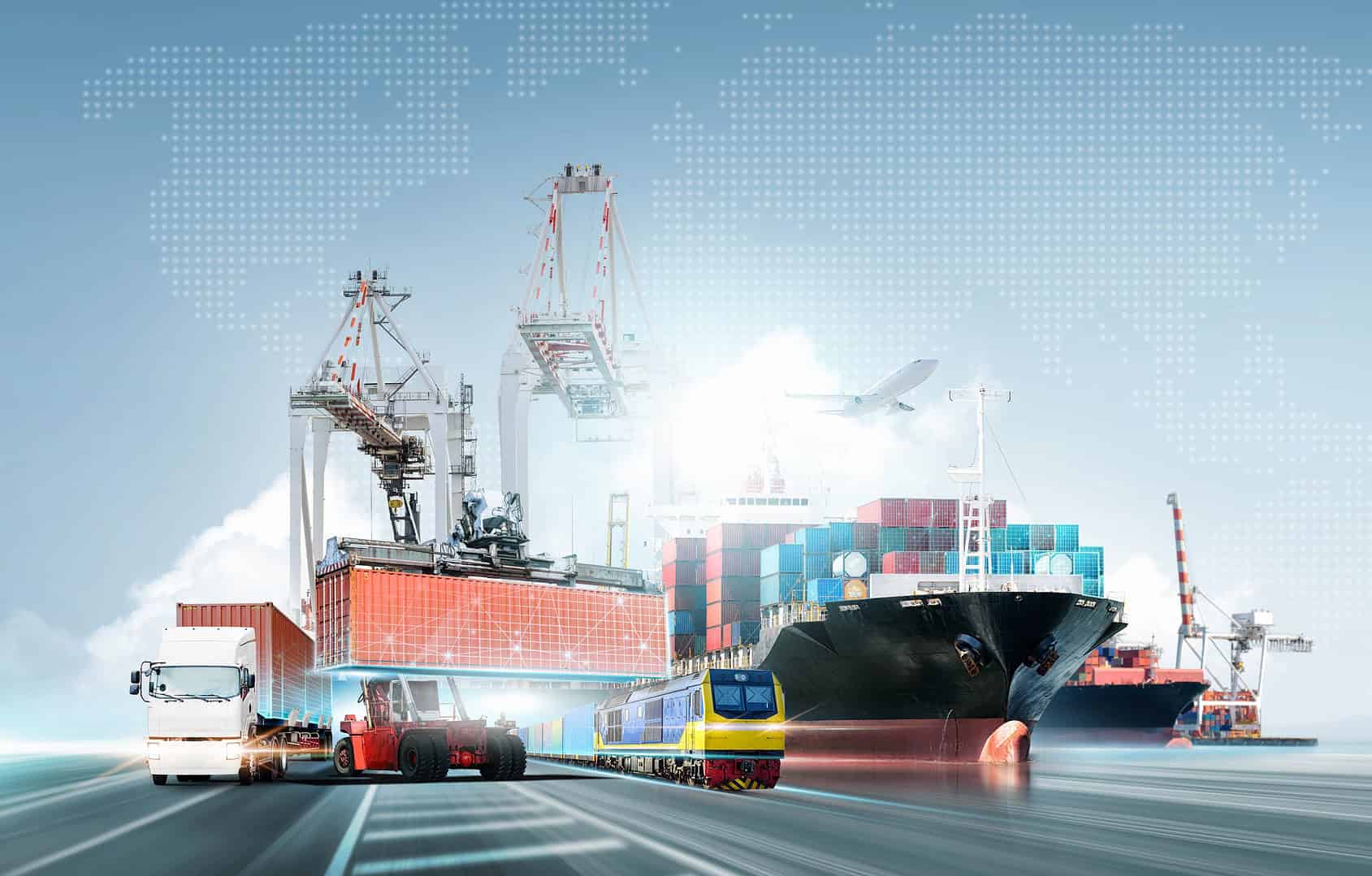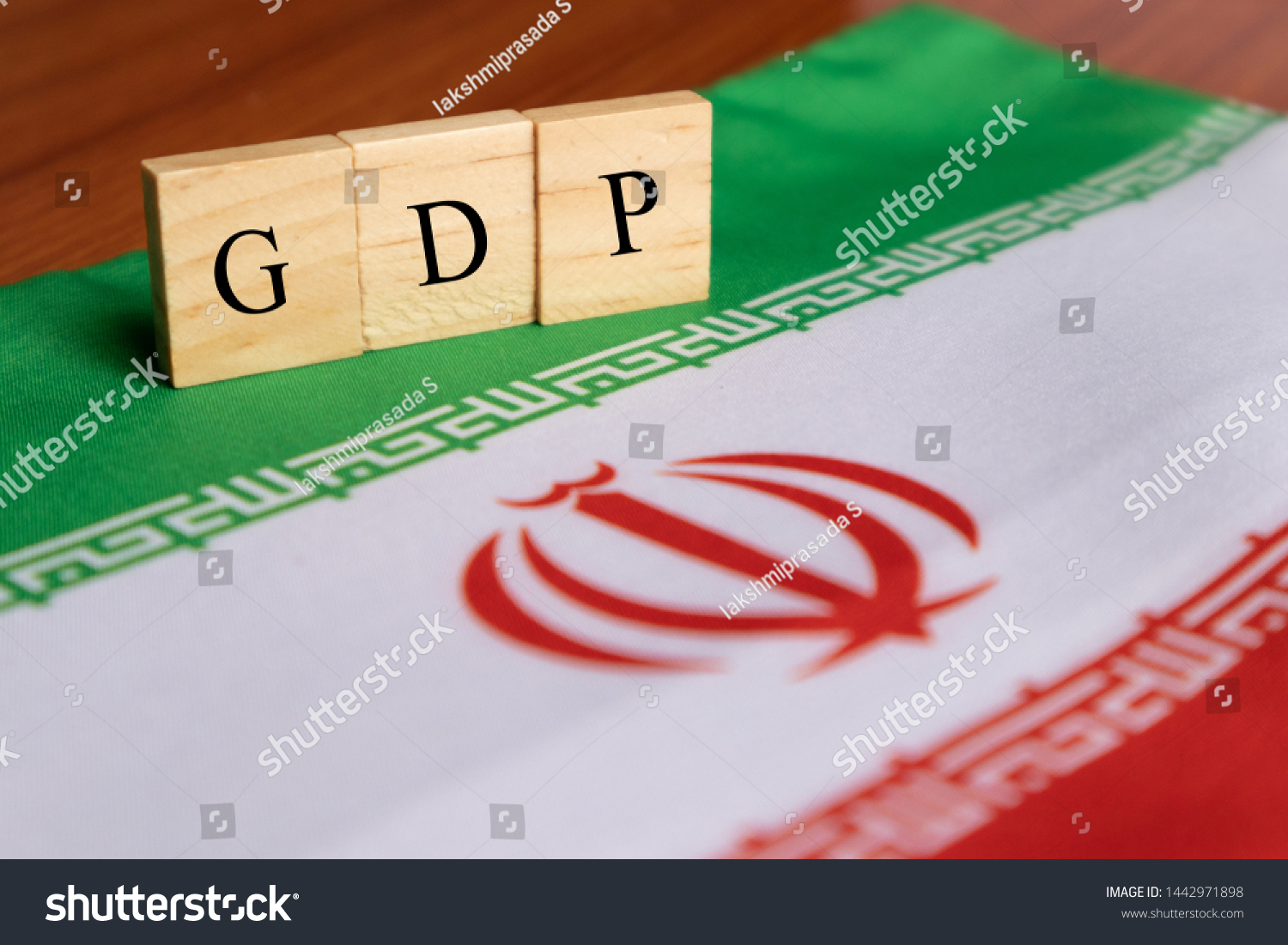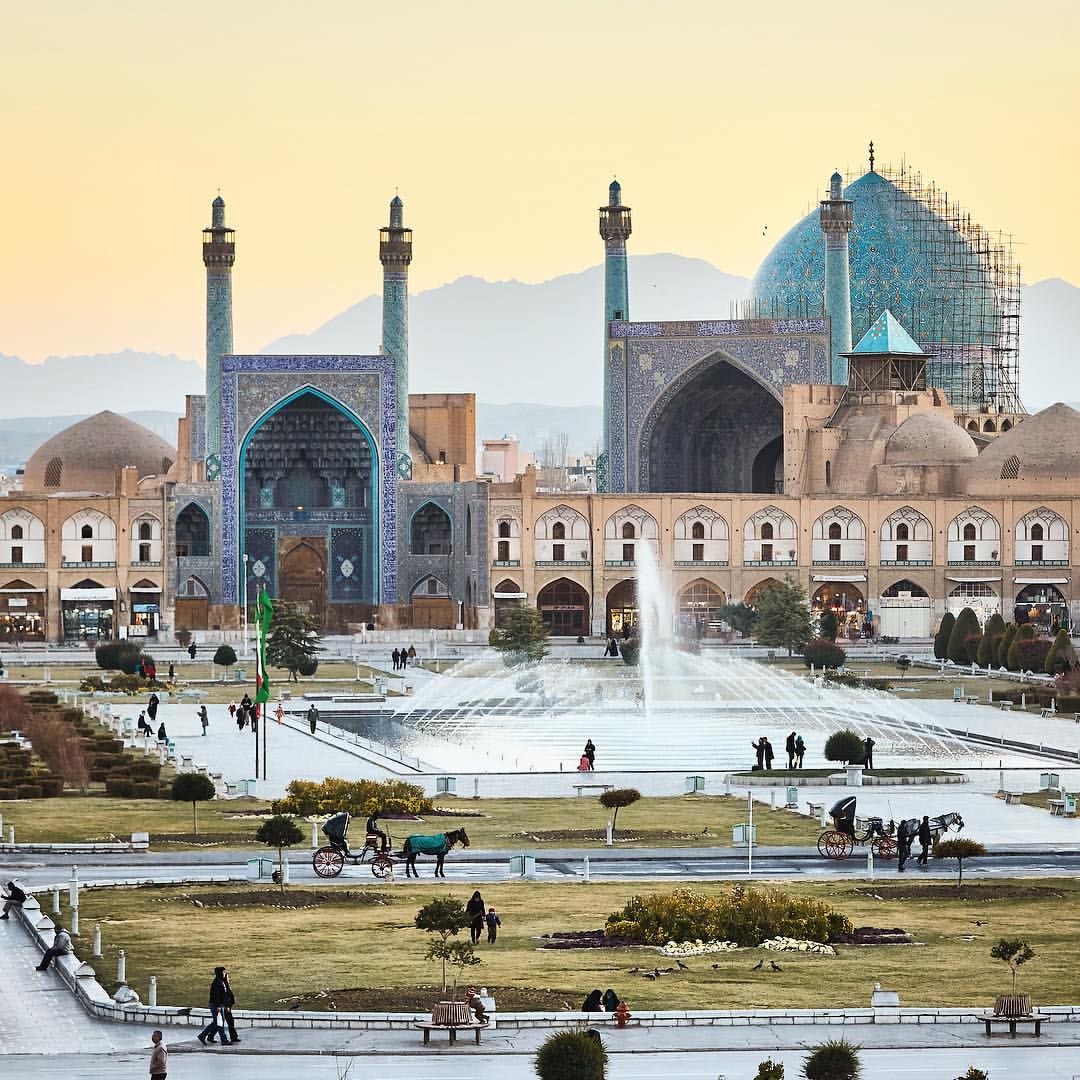Iran's Economic Pulse: Unpacking Its GDP Dynamics
The economic landscape of any nation is often best understood through its Gross Domestic Product (GDP), a comprehensive measure of its total economic output. For Iran, a country frequently navigating complex geopolitical and economic currents, understanding its GDP offers crucial insights into its resilience, challenges, and potential. This article delves deep into the recent trends, historical data, and future outlook of the GDP of Iran, drawing upon authoritative sources like the World Bank and the International Monetary Fund (IMF).
Exploring Iran's GDP data is not merely an academic exercise; it's essential for anyone seeking to grasp the nation's economic health, from investors and policymakers to casual observers. The figures paint a vivid picture of a dynamic economy, one that has faced significant headwinds but also demonstrated remarkable capacity for recovery and growth.
Table of Contents
- Historical Fluctuations and Economic Resilience
- Recent GDP Performance: A Closer Look at Growth
- Nominal vs. Real GDP: Understanding the Nuances
- Iran's GDP in the Global Context
- GDP Per Capita: A Measure of Individual Prosperity
- Factors Influencing Iran's GDP
- Data Sources and Methodologies: Ensuring Accuracy
- Conclusion: The Resilient Path Forward
Historical Fluctuations and Economic Resilience
The economic journey of Iran has been marked by periods of both contraction and expansion, often influenced by external pressures and internal policies. A significant downturn was observed in the latter half of the 2010s. According to an April 2020 World Economic Outlook by the IMF, **the GDP of Iran contracted in FY 2018 and FY 2019**. This period was particularly challenging, largely due to the re-imposition of international sanctions which severely impacted the country's oil exports and access to global financial systems. The contraction underscored the vulnerability of an economy heavily reliant on hydrocarbon revenues to external shocks. However, even amidst these contractions, there was an underlying expectation of recovery. The same IMF report from April 2020 optimistically projected that a "modest rebound is expected in 2020/2021." This forecast highlighted the inherent resilience of the Iranian economy, which, despite significant external pressures, possesses a diverse industrial base and a large domestic market that can cushion some of the blows. The ability to project a rebound, even a modest one, during a period of severe economic stress, speaks volumes about the intrinsic capacity for recovery within the nation's economic structure. The historical data, spanning from 1980 to 2024, reveals a substantial increase in the nation's economic output, with the GDP rising by approximately 305.51 billion U.S. dollars over this period, demonstrating a long-term upward trajectory despite intermittent setbacks.Recent GDP Performance: A Closer Look at Growth
Understanding the recent trajectory of Iran's GDP requires a detailed look at the figures from the past few years, which confirm the anticipated rebound and subsequent growth. The World Bank provides comprehensive data on Iran's GDP in current US dollars, offering a clear picture of its economic evolution.2020-2021: The Turnaround Begins
As projected by the IMF, the Iranian economy began its path to recovery. The **Iran GDP for 2020 was 262.19 billion US dollars**. This figure, while still reflecting the aftermath of the contractions, marked the beginning of a turnaround. The subsequent year saw a remarkable surge, with **Iran GDP for 2021 reaching 383.44 billion US dollars**. This represented a substantial **46.25% increase from 2020**, a testament to the economy's ability to bounce back once conditions allowed for some degree of stabilization or adaptation to existing pressures. This significant growth rate in 2021 was a crucial indicator that the economic resilience observed historically was indeed playing out, as the nation found ways to mitigate the impact of sanctions and stimulate domestic production.2022-2023: Sustained Growth
The positive momentum continued into 2022 and 2023, solidifying the recovery. **Iran GDP for 2022 was 394.36 billion US dollars**, indicating a **2.85% increase from 2021**. While not as dramatic as the 2021 surge, this steady growth demonstrated a more stable and sustainable recovery path. The official data from the World Bank further confirmed the strength of this trend, reporting that **the gross domestic product (GDP) in Iran was worth 404.63 billion US dollars in 2023**. This continuous upward movement underscores the nation's efforts to diversify its economy and enhance non-oil sectors, even as oil revenues remain a critical component. The real GDP, adjusted for inflation, also painted a positive picture, with the Islamic Republic of Iran reaching **$513,527,000,000 in 2023**. This figure, representing the actual volume of goods and services produced, highlights genuine economic expansion beyond price changes. The **GDP growth rate in 2023 was 5.04%**, representing a significant change of 24,662,000,000 US$, further cementing the robust performance of the Iranian economy.2024 and Beyond: Projected Outlook
Looking ahead, projections continue to indicate a positive trajectory for the GDP of Iran. According to the World Economic Outlook report published by the International Monetary Fund (IMF) in October 2024, **Iran’s nominal gross domestic product (GDP) was projected to be around 434 billion USD in 2024**. This aligns with other data points indicating continued growth, with the **gross domestic product of Iran growing 3.5% in 2024 compared to last year**. Another reported nominal GDP figure for 2024 was about **401.36 billion U.S. dollars**, which aligns closely with the previous year's figures and suggests a steady, albeit perhaps slightly slower, pace of growth compared to the rapid rebound years. The consistency across these projections from reputable international bodies reinforces the expectation of continued economic expansion, despite the ongoing complexities of the global and regional economic environment.Nominal vs. Real GDP: Understanding the Nuances
When discussing the GDP of Iran, it's crucial to distinguish between nominal and real GDP, as they offer different perspectives on economic performance. * **Nominal GDP** measures economic output at current market prices, meaning it includes inflation. For instance, the **nominal GDP of USD 434 billion in 2024** and **nominal GDP of USD 373 billion in 2023** (which contrasts slightly with the World Bank's 404.63 billion USD for 2023, highlighting the slight variations in estimates across institutions or reporting dates) and **nominal GDP of USD 401 billion in 2024** are all figures at current prices. * **Real GDP**, on the other hand, adjusts for inflation, providing a truer measure of the actual volume of goods and services produced. The **real GDP (constant, inflation adjusted) of the Islamic Republic of Iran reached $513,527,000,000 in 2023**. This figure is particularly important because it shows the genuine growth in economic activity, stripped of the effects of rising prices. The availability of **GDP of Iran in nominal and PPP terms**, with estimates by the World Bank since 1960 in nominal terms and since 1990 in PPP (Purchasing Power Parity) terms at current and constant prices, allows for a comprehensive analysis. PPP terms are especially useful for international comparisons, as they account for differences in the purchasing power of currencies, providing a more accurate picture of a country's relative economic size and living standards.Iran's GDP in the Global Context
While Iran's GDP figures are substantial in absolute terms, it's also important to contextualize them within the global economy. The data indicates that **the GDP value of Iran represents 0.38 percent of the world economy**. This percentage, though seemingly small, reflects the immense scale of the global economy. It positions Iran as a significant regional economic player with a substantial domestic market and considerable natural resources, particularly oil and gas. This proportion highlights the country's economic weight on the international stage, despite the challenges it faces. The nation's economic output, while not comparable to the world's largest economies, is nonetheless vital for regional trade and stability, influencing various sectors from energy to manufacturing across its immediate vicinity and beyond.GDP Per Capita: A Measure of Individual Prosperity
Beyond the overall GDP, **GDP per capita** offers a crucial insight into the average economic output per person within a country, serving as an indicator of living standards and individual prosperity. For Iran, the **GDP per capita was reported as USD 4,633**. This figure provides a more granular view of how the national wealth is distributed among its population. While the overall GDP may be large, the per capita figure helps to understand the economic well-being of the average citizen. This metric is particularly important for policymakers in assessing the effectiveness of economic policies in improving the quality of life for their citizens and for international organizations evaluating development progress.Factors Influencing Iran's GDP
The trajectory of the GDP of Iran is shaped by a confluence of internal and external factors. * **International Sanctions:** This is arguably the most significant external factor. The re-imposition and tightening of sanctions, particularly by the United States, have severely impacted Iran's ability to export oil, access international banking systems, and attract foreign investment. The contractions in FY 2018 and FY 2019 are direct consequences of these pressures. * **Oil Prices:** As a major oil producer, Iran's economy is highly sensitive to fluctuations in global oil prices. Higher prices generally translate to increased government revenue and economic activity, while lower prices can strain public finances and hinder growth. * **Government Policies and Economic Reforms:** Internal policies aimed at economic diversification, supporting domestic production, managing inflation, and improving the business environment play a crucial role. Efforts to boost non-oil exports and develop various industrial sectors are vital for long-term sustainable growth, reducing reliance on volatile oil revenues. * **Regional Dynamics and Geopolitics:** The broader geopolitical landscape in the Middle East and Iran's relations with neighboring countries and global powers can influence trade routes, investment flows, and overall economic stability. * **Demographics and Human Capital:** Iran has a large, relatively young, and educated population. Investing in human capital and creating employment opportunities for this demographic can unlock significant economic potential. * **Infrastructure Development:** Continued investment in infrastructure, including transportation, energy, and digital networks, is essential for enhancing productivity and facilitating economic activity across various sectors. These factors interact in complex ways, contributing to the observed fluctuations and the underlying resilience of the Iranian economy.Data Sources and Methodologies: Ensuring Accuracy
The reliability of economic data is paramount for accurate analysis and informed decision-making. The figures cited for the GDP of Iran largely come from highly reputable international organizations: * **The World Bank:** Provides extensive and consistent economic data for countries worldwide, including Iran. Their estimates are generally considered robust, based on standardized methodologies for calculating GDP in current US dollars, as well as in PPP terms. The World Bank's long-standing commitment to data collection and dissemination, with estimates available since 1960 in nominal terms and since 1990 in PPP terms, makes it a cornerstone for historical economic analysis. * **The International Monetary Fund (IMF):** Regularly publishes its World Economic Outlook reports, offering projections and analyses of global and national economies. The IMF's assessments, such as the April 2020 report predicting a modest rebound and the October 2024 report on nominal GDP projections, are highly regarded for their macroeconomic expertise and forecasting capabilities. These institutions employ rigorous methodologies, often collaborating with national statistical offices, to collect, process, and verify economic data. While minor discrepancies might exist between different sources due to varying calculation methods, reporting periods, or data revisions, the overall trends and magnitudes presented by the World Bank and IMF provide a reliable foundation for understanding Iran's economic performance. Their role in providing transparent and accessible data is crucial for fostering global economic understanding and facilitating research.Conclusion: The Resilient Path Forward
The journey of the GDP of Iran over the past few years paints a compelling picture of an economy that, despite significant external pressures and internal challenges, demonstrates remarkable resilience and a capacity for growth. From the contractions in FY 2018 and FY 2019 to the robust rebound in 2021 and sustained growth through 2023 and into 2024, the data from the World Bank and IMF consistently points towards an economy finding its footing and adapting to its circumstances. The nominal GDP figures, alongside the crucial real GDP data that accounts for inflation, provide a comprehensive view of Iran's economic output. While its share of the global economy might be modest, Iran's economic size and per capita GDP highlight its importance as a regional player with a large domestic market. The continuous growth, as seen in the 5.04% increase in 2023 and the projected 3.5% growth in 2024, underscores the ongoing efforts to strengthen the economy. Understanding these dynamics is vital for anyone interested in global economics, regional stability, or potential market opportunities. The story of Iran's GDP is one of perseverance, strategic adaptation, and an enduring drive towards economic progress. What are your thoughts on Iran's economic trajectory? Do you believe the current growth rates are sustainable given the ongoing geopolitical landscape? Share your insights in the comments below, or explore more of our articles on global economic trends to deepen your understanding of the world's complex financial tapestry.- Lee Jong Suk And Iu Are Confirmed Married
- Aishah Sofiah
- Alexa Bliss Sexy
- Unveiling The Secrets Behind Crazyjamjam Leaks
- Isha Tyler Partner

Iran GDP and Economic Data

Gross Domestic Product Gdp Iran Wooden Stock Photo 1442971898

Iran real GDP growth rate, nominal GDP, GDP PPP, GDP per capita